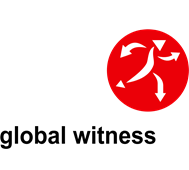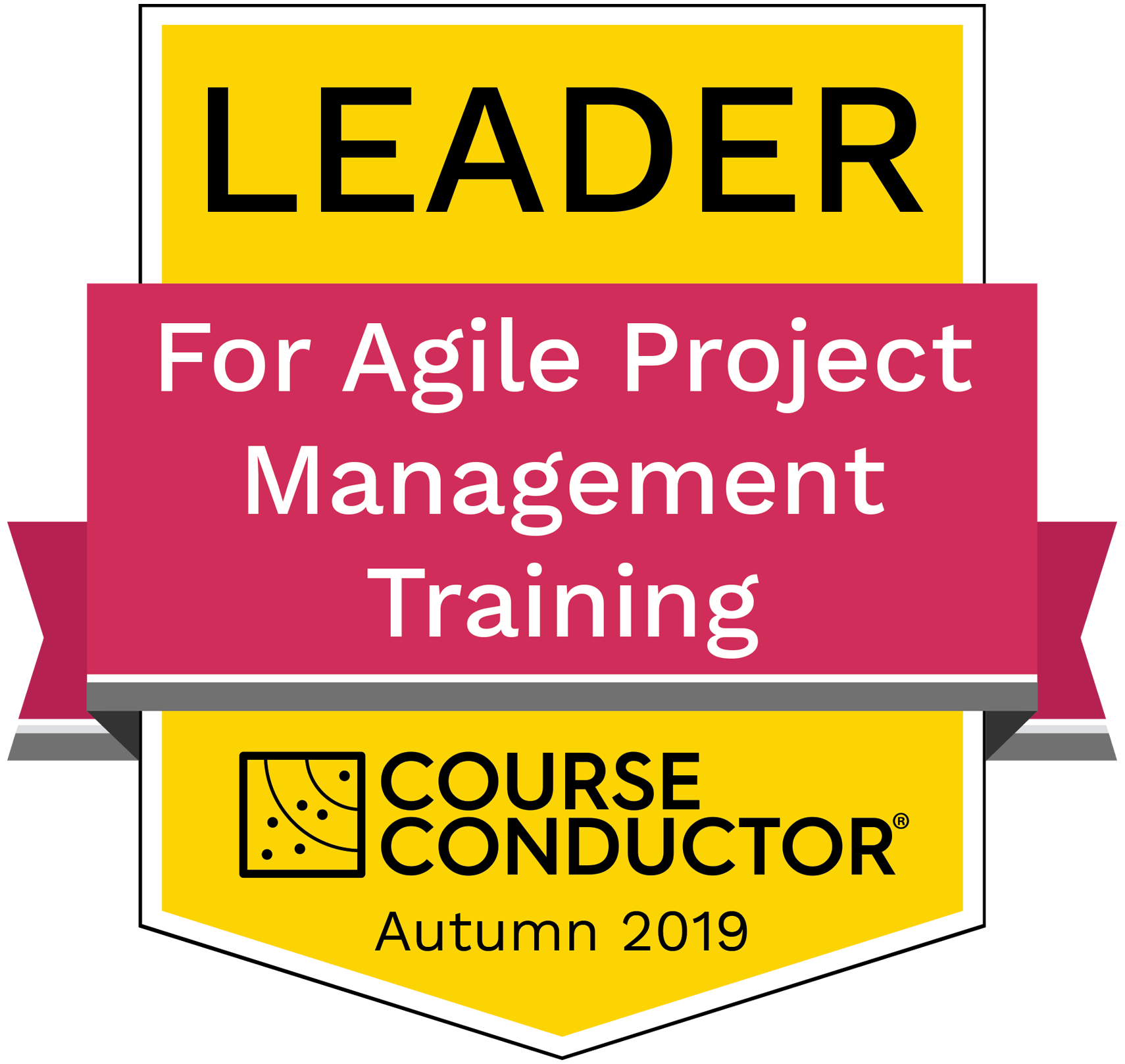
Introduction
A project kick-off meeting marks the official start of a new initiative, bringing together team members and stakeholders to align on goals and expectations. This crucial gathering sets the tone for the entire project, ensuring everyone understands their role and the path forward.
Effective kick-off meetings are essential for establishing clear communication channels, defining project scope and objectives, identifying potential risks and challenges, and building team rapport and enthusiasm.
In this comprehensive guide, we’ll explore the key components of successful kick-off meetings and strategies for planning and executing impactful sessions. We’ll also examine best practices for engaging participants and fostering collaboration, as well as tailoring approaches for different project types and team structures. By improving your kick-off meeting skills, project managers can significantly increase their chances of delivering successful outcomes.
Let’s examine how to create an environment that propels your projects towards triumph from day one.
Understanding project kick-off meetings
Purpose and goals of kick-off meetings
Project kick-off meetings serve as the starting point for new initiatives. Their primary purpose is to align all participants with the project’s objectives, scope, and expectations. These gatherings aim to foster team unity, clarify roles, and establish a shared vision for success.
Types of kick-off meetings
- Internal project kick-off meetings: These sessions focus on aligning the core project team. They cover project details, timelines, and individual responsibilities.
- Executive sponsor kick-off meetings: Tailored for high-level stakeholders, these meetings emphasise strategic goals and business impact. They provide a broader context for the project’s importance.
- External or client-facing kick-off meetings: These involve both the internal team and external clients or partners. They aim to set expectations, confirm deliverables, and establish communication protocols.
- Agile project kick-off meetings: Specific to Agile methodologies, these meetings set the stage for sprints and iterations. They focus on short-term goals and adaptability.
Key benefits of effective kick-off meetings
Well-executed kick-off meetings offer numerous advantages:
- Enhanced team alignment and motivation
- Clearer understanding of project goals and constraints
- Early identification of potential risks or challenges
- Improved stakeholder engagement and buy-in
- Established communication channels and expectations.
By investing time in thorough kick-off meetings, project managers create a solid foundation for success. These sessions set the tone for collaboration and provide a roadmap for the work ahead.
Planning your project kick-off meeting
Pre-meeting preparations
Effective planning is crucial for a successful project kick-off meeting. Begin by finalising the invite list, ensuring all key stakeholders and team members are included. Consider these three steps:
- Scheduling: Choose a time that accommodates all essential participants. Allocate sufficient duration for comprehensive meetings without overwhelming attendees
- Role assignment: Designate a note-taker to capture important points and action items. This ensures no crucial information is lost during the meeting.
- Agenda creation: Develop a clear, structured agenda and share it in advance. This allows participants to prepare and contribute effectively.
Choosing the right tools and methods
Select appropriate tools to facilitate smooth communication and collaboration:
- Project management software: Utilise platforms like Asana or Jira to track tasks, deadlines, and progress.
- Communication tools: Implement solutions such as Slack or Microsoft Teams for real-time review and updates.
- File-sharing systems: Employ services like Google Drive or Dropbox to ensure easy access to project documents.
Gathering necessary documents and information
Compile essential materials to provide context and guide meetings:
- Project charter: This document outlines the project’s purpose, objectives, and high-level requirements.
- Project plan and timeline: Prepare a detailed schedule highlighting key milestones and deliverables.
- Background information: Collect relevant data, market research, or previous project insights to inform decision-making.
By carefully planning your kick-off meeting, you set the stage for a productive and engaging session. This preparation demonstrates your commitment to the project’s success and helps build confidence among team members and stakeholders. A well-organised kick-off meeting lays the groundwork for effective collaboration throughout the project lifecycle.
Structuring your kick-off meeting agenda
A well-structured agenda ensures your kick-off meeting covers all essential aspects of the project. Here’s a comprehensive guide to organising your meeting:
Introductions and icebreakers
Begin with brief introductions to foster a collaborative atmosphere. Consider a quick icebreaker activity to energise participants and encourage engagement.
Project overview
- Background and context: Provide a concise history of the project’s inception and its relevance to the organisation’s goals.
- Project purpose and goals: Clearly articulate the project’s objectives and expected outcomes. Use SMART criteria to define goals: Specific, Measurable, Achievable, Relevant, and Time-bound.
- Scope and deliverables: Outline the project’s boundaries and key deliverables. Clarify what is and isn’t included to prevent scope creep.
Project plan presentation
- Timeline and milestones: Present a high-level project timeline, highlighting critical milestones and deadlines.
- Key deliverables and success criteria: Define specific deliverables and the metrics used to measure project success.
Roles and responsibilities
- Team member introductions: Allow each team member to briefly introduce themselves and their role in the project.
- Stakeholder involvement: Identify key stakeholders and their level of involvement throughout the project lifecycle.
- RACI chart (if applicable): Present a RACI (Responsible, Accountable, Consulted, Informed) chart to clarify decision-making processes.
Project methodology and workflow
- Communication plan: Establish communication channels, frequency, and protocols for project updates and conversations.
- Tools and processes: Introduce the tools and software that will be used for project management and collaboration.
- Meeting cadence: Set expectations for regular project meetings, including frequency, duration, and participants.
Risk and issue management
Address potential risks and challenges, encouraging team input on mitigation strategies.
Question and answer session
Allocate time for participants to ask questions and seek clarification on any aspect of the project.
Next steps and action items
Conclude by summarising key decisions and assigning actionable tasks with clear owners and deadlines.
By following this structured agenda, you ensure comprehensive coverage of all crucial project elements. This approach promotes clarity, alignment, and engagement among team members and stakeholders. Remember to remain flexible and adapt the agenda as needed to suit your specific project requirements and team dynamics.
Best practices for running an effective kick-off meeting
Setting the right tone and energy
Begin your kick-off meeting with enthusiasm and positivity. Your attitude sets the stage for the entire project. Demonstrate confidence in the team’s abilities and the project’s potential for success. Use inclusive language to foster a sense of unity and shared purpose among participants.
Encouraging participation and engagement
Create an environment where all team members feel comfortable contributing. Consider using round-robin exchanges or breakout sessions for smaller group interactions. Interactive tools like digital whiteboards or polling software can also boost engagement. Actively solicit input from quieter participants to ensure diverse perspectives are heard and valued.
Managing time effectively
Respect everyone’s time by adhering to the agenda and keeping meetings on track. Assign a timekeeper to monitor each section’s duration. If conversations veer off-topic, gently guide them back to the agenda items. Be prepared to table lengthy conversation for follow-up meetings if necessary, ensuring the kick-off remains focused and productive.
Addressing concerns and potential roadblocks
Encourage open dialogue about potential challenges. Create a safe space for team members to voice concerns without fear of judgment. Address issues proactively and collaboratively, focusing on solutions rather than dwelling on problems. This approach helps build trust and demonstrates a commitment to overcoming obstacles as a team.
Ensuring clarity on project goals and expectations
Clearly articulate the project’s objectives and success criteria. Use visual aids like charts or diagrams to illustrate complex concepts. Encourage questions and provide thorough explanations to ensure everyone leaves with a shared understanding of the project’s direction. This clarity is essential for aligning efforts and maintaining focus throughout the project lifecycle.
Fostering team collaboration and rapport
Promote a collaborative atmosphere by highlighting the unique skills each team member brings to the project. Establish clear communication channels for ongoing collaboration and encourage cross-functional interactions during the meeting. Consider incorporating a brief team-building activity to strengthen interpersonal connections, which can enhance future teamwork and project outcomes.
By implementing these best practices, you’ll create a kick-off meeting that energises your team and sets a positive tone for the entire project. A well-executed kick-off meeting lays the foundation for successful project execution and team cohesion throughout the project lifecycle.
Post-kick-off meeting activities
Distributing meeting notes and recordings
Promptly share comprehensive meeting minutes with all attendees and relevant stakeholders. If the session was recorded, include a link to the video. This ensures that those who couldn’t attend can catch up and serves as a reference for future deliberations. Thorough documentation helps maintain clarity and alignment among team members throughout the project lifecycle.
Following up on action items
Create a detailed list of action items identified during the kick-off meeting. Assign each task to a specific team member and set clear deadlines. Follow up with individuals to confirm their understanding and commitment to completing their assigned tasks. This proactive approach ensures accountability and keeps the project moving forward from day one.
Establishing a central source of truth for project information
Set up a centralised repository for all project-related documents, including the project charter, timeline, and resource allocation plans. This could be a shared drive, project management software, or a dedicated intranet site. Ensure all team members have appropriate access and know how to navigate the system. A single source of truth minimises confusion and improves collaboration efficiency.
Setting up regular check-ins and status updates
Implement a structured communication plan for ongoing project updates. This might include weekly team meetings, bi-weekly stakeholder briefings, or monthly executive summaries. Define the format, frequency, and participants for each type of update to maintain consistent information flow throughout the project lifecycle. Regular check-ins help identify and address issues early, keeping the project on track.
By diligently following through on these post-kick-off activities, you reinforce the momentum generated during the meeting. This approach helps maintain team alignment, ensures clear communication channels, and sets the stage for efficient project execution. Remember, the work done immediately after the kick-off is crucial for translating initial enthusiasm into sustained progress.
Tailoring kick-off meetings for different project types
Adapting the agenda for internal vs external projects
Internal project kick-offs typically focus on team alignment and organisational goals. These meetings often explore deeper into technical details and resource allocation. For external projects, emphasise client expectations, deliverables, and communication protocols. Establish a clear understanding of roles between your team and the client’s representatives.
Considerations for Agile project kick-offs
Agile project kick-offs should highlight flexibility and iterative development. Instead of detailed long-term plans, focus on high-level project goals and the first sprint’s objectives. Introduce Agile-specific concepts like user stories, sprint planning, and daily stand-ups. Ensure team members understand their roles within the Agile framework.
Scaling the kick-off process for different project sizes
For smaller projects, a concise kick-off meeting might suffice. Cover essential elements like goals, timelines, and team roles in a streamlined session. Larger, complex projects may require multiple kick-off meetings. Consider separate sessions for different stakeholder groups or project phases. For example:
- Executive kick-off: High-level overview and strategic alignment
- Team kick-off: Detailed planning and role assignments
- Technical kick-off: In-depth review of tools and methodologies.
Regardless of project size, maintain focus on key objectives and team alignment. Adapt the level of detail and meeting duration to suit the project’s complexity and stakeholder needs. By tailoring your kick-off approach, you ensure that each project starts with the right foundation for success.
Common challenges and how to overcome them
Dealing with absent stakeholders
When key stakeholders can’t attend, record the meeting and provide detailed minutes. Schedule follow-up sessions to brief absent parties and gather their input. Ensure their perspectives are incorporated into project decisions.
Managing conflicting priorities or expectations
Address disagreements openly during the kick-off. Facilitate conversations to find common ground and establish clear project priorities. If necessary, involve higher-level decision-makers to resolve conflicts and align expectations.
Addressing scope creep early on
Clearly define project boundaries and deliverables in the kick-off meeting. Create a change management process for handling new requests. Educate stakeholders on the impact of scope changes on timelines and resources. Regularly review and reaffirm the project scope throughout its lifecycle.
By anticipating these challenges, you can proactively develop strategies to mitigate their impact. Open communication, clear documentation, and consistent follow-up are key to overcoming obstacles and maintaining project momentum.
Conclusion
A well-executed project kick-off meeting sets the foundation for success. By carefully planning, structuring, and tailoring your kick-off, you align your team and stakeholders from the start. Remember to focus on clear communication, engagement, and addressing potential challenges early.
Continuously refine your kick-off process based on feedback and project outcomes. Each meeting offers an opportunity to improve and adapt to your organisation’s evolving needs.
We encourage you to implement these strategies in your next project kick-off. With practice and refinement, you’ll create more effective meetings that propel your projects towards success. Your team and stakeholders will appreciate the clarity, direction, and momentum that a well-crafted kick-off provides.
FAQs
How long should a project kick-off meeting last?
An effective kick-off meeting typically lasts between 60 to 90 minutes. For complex projects, consider multiple sessions rather than extending beyond two hours. Tailor the duration to your project’s scope and team size, ensuring you cover all essential topics without overwhelming participants.
What’s the difference between a project charter and a kick-off meeting?
A project charter is a formal document outlining the project’s objectives, scope, and stakeholders. The kick-off meeting is an interactive session where team members talk about the charter’s contents, clarify roles, and align on project goals. Both are crucial for project success.
Should we have a kick-off meeting for every sprint in Agile projects?
While not necessary for every sprint, hold kick-off meetings for major project phases or when introducing significant changes. Regular sprint planning sessions often suffice for ongoing Agile projects.
How can I ensure stakeholder engagement during virtual kick-off meetings?
Use interactive tools like polls or virtual whiteboards to maintain engagement. Encourage video participation, incorporate frequent check-ins, and allocate time for questions. Consider breaking longer meetings into shorter, focused sessions to combat screen fatigue.
What should I do if key information is missing during the kick-off meeting?
Acknowledge the gap and assign someone to gather the missing information. Set a clear deadline for follow-up and determine how this data will be shared with the team. Don’t let missing details derail your entire meeting.
How can I make my kick-off meetings more interactive and engaging?
Incorporate team-building activities, use visual aids, and encourage open meetings. Assign pre-meeting tasks to increase participation. Consider using storytelling techniques to present project goals and challenges in a compelling manner.
Infographic









